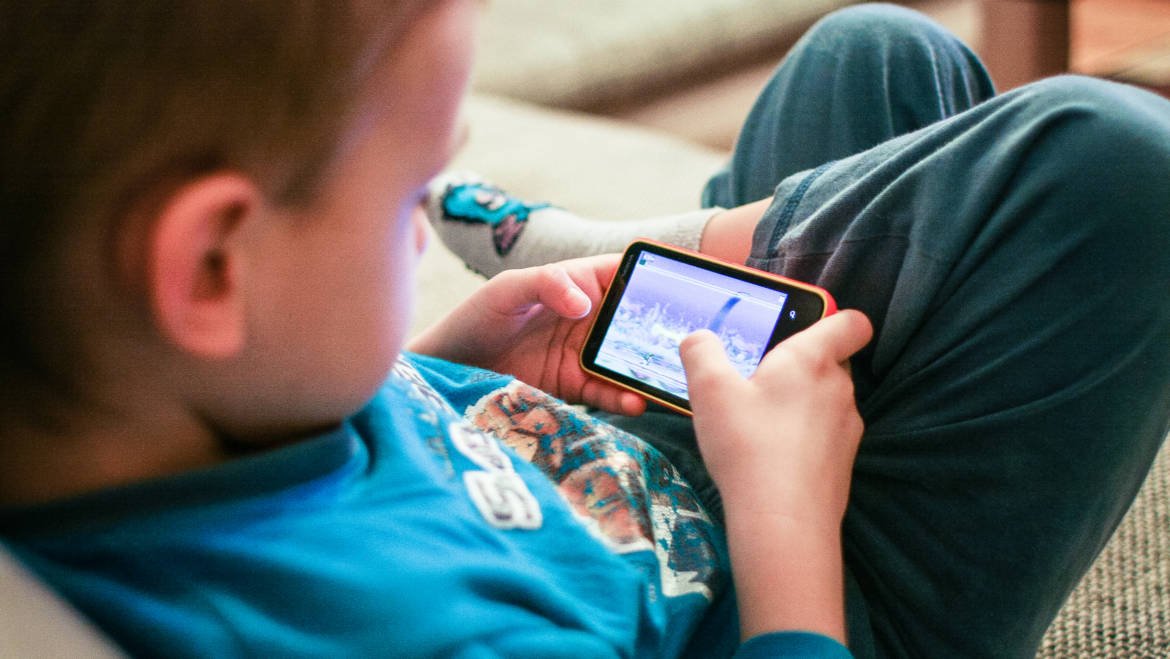S. Evelyn Cimesa | April 19, 2016 | Learning
Gamification experiences are growing in popularity within the educational system: students are more engaged in the learning process, better retain information, and improve their performance on standardized tests. They simultaneously use their critical thinking, social and emotional skills, and personal skills. And, best of all, they actually enjoy themselves.
An environment that encourages autonomy would have minimal outside pressure and offer choices. It would also recognize the goals of others. Learner control is a must as it makes them feel more in control of their actions.
Here are some ways to creating digital autonomy in your classroom.
1. Establish a goal
When introducing any learning experience, you must establish the goal of the session.
Goals are important for guidance, but also give students a clear end-point for their learning experience. Be sure to let them know what it is they’re trying to accomplish and how to go about doing that.
2. Involve students in decision making
When creating a digital learning experience for your students, be sure to encourage them to make meaningful and consequential choices. Meaningless choices tend to disengage students and create a lack of motivation and interest. Get them to make real decisions based on their beliefs to maximize the learning potential of each session.
3. Teach them to let go
It’s always important to monitor students and look for signs of frustration. Use these opportunities to help teach social and emotional learning, as well as control. Teach them to let go and take breaks when encountering difficult situations.
Have the individual relax in a safe space. If they have a favourite item, provide it to them. Allow him to take a few mindful minutes to himself, and have him rejoin the group when he’s ready.
4. Get them to make mistakes
The learning process always involves making mistakes. Students who make incorrect decisions the first time around have the opportunity to learn, understand, and grow from them and make the correct decision the next time.
Making mistakes and encouraging learning as a process are especially important in establishing digital autonomy: some students may become frustrated and quit, but it’s important for them to use their social and emotional regulation skills in order to be willing to accept errors and to persevere.
They need to feel like they have complete control over their choices, but they also have to take ownership of them and accept the consequences that arise. These types of interactions will help the students further develop their social and emotional intelligence, as well as their communication skills.

